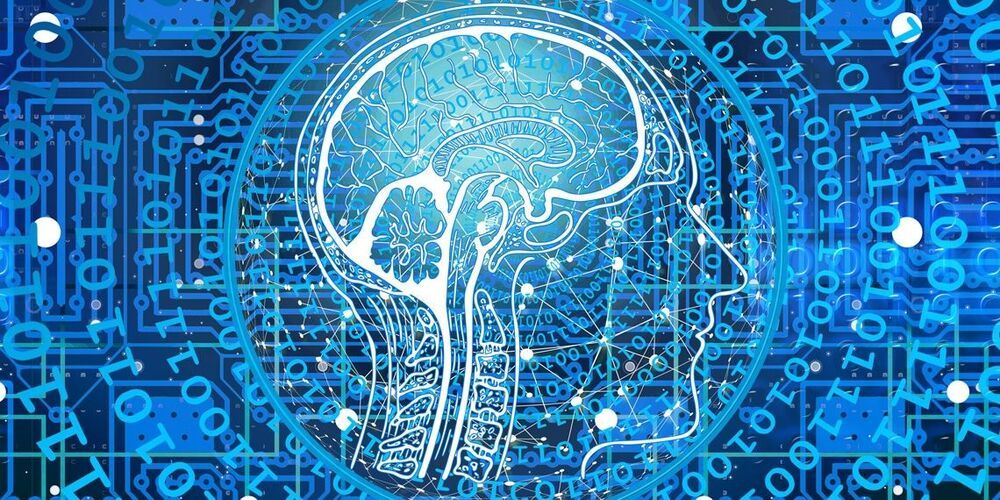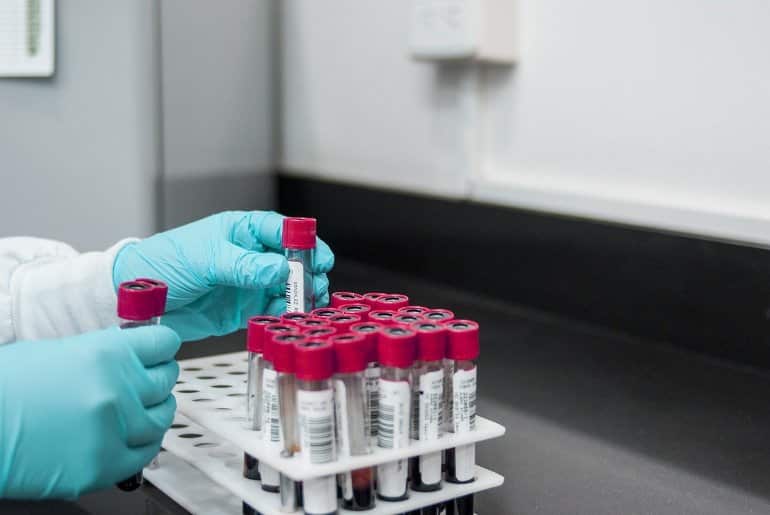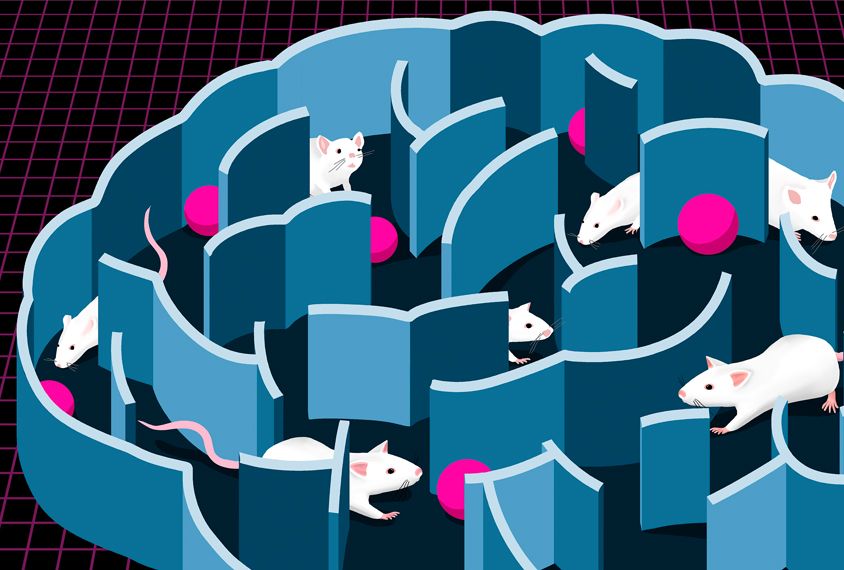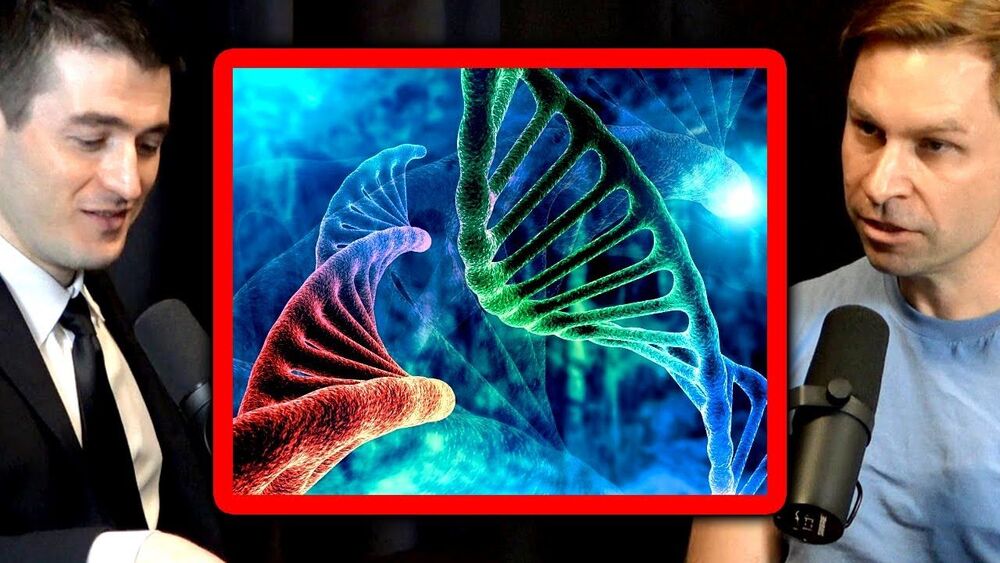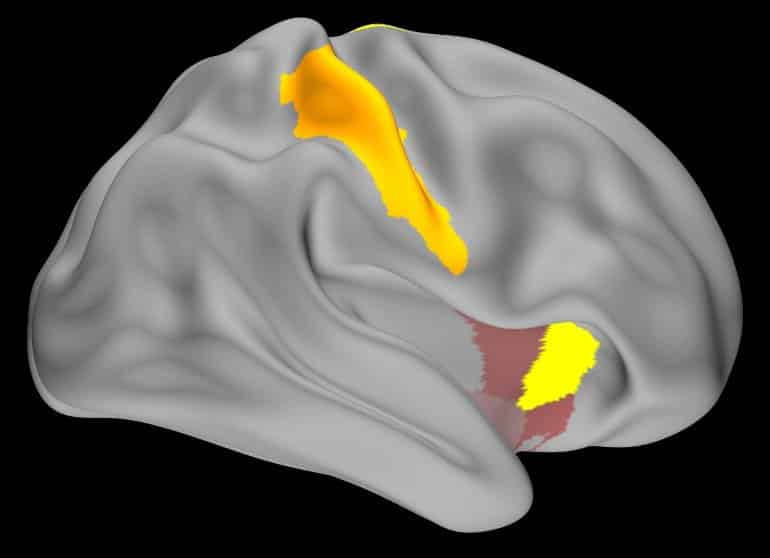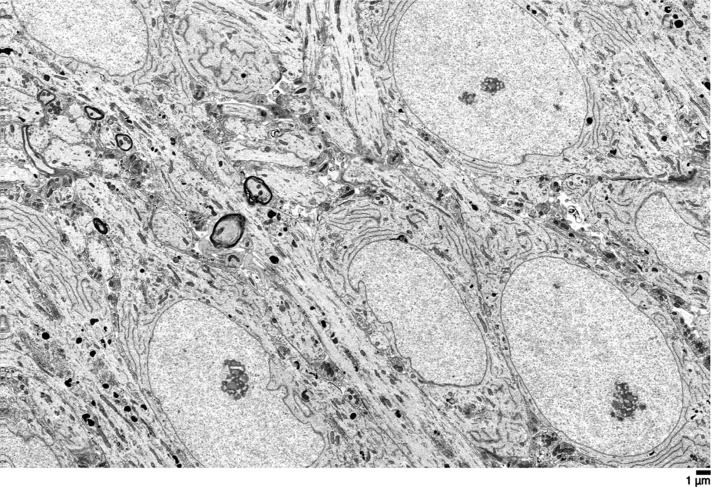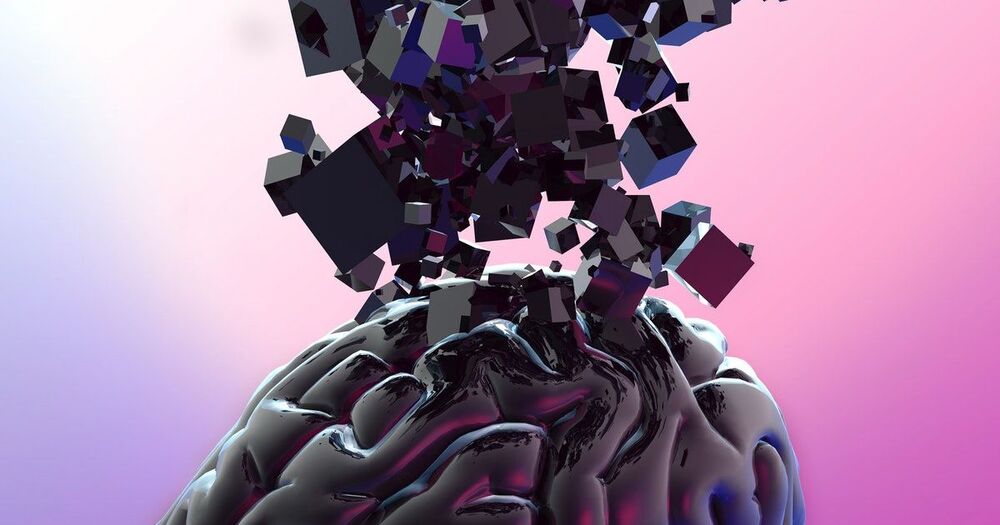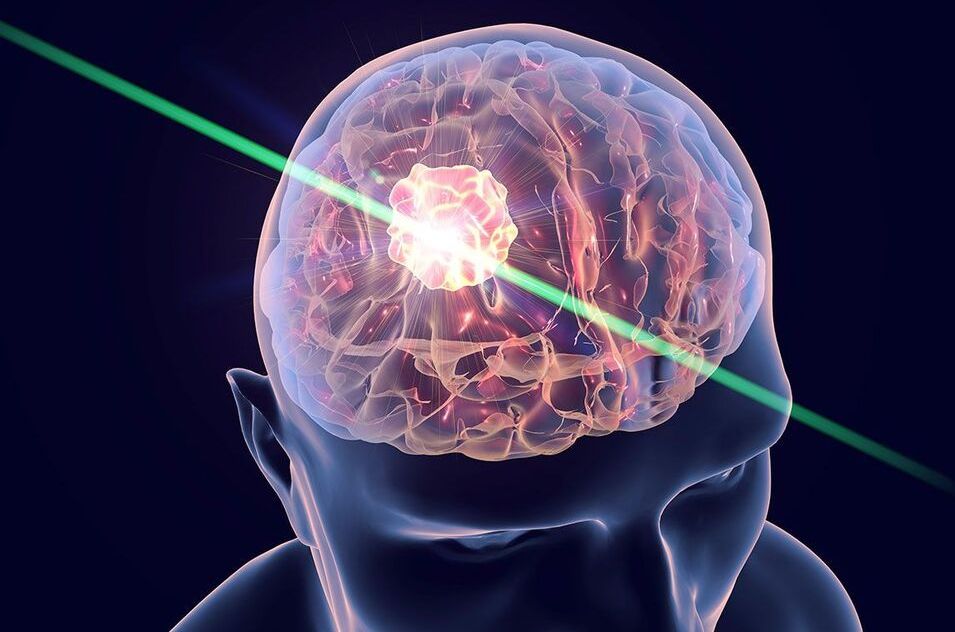Manipulative individuals who endorse the belief that “the ends justify the means” are more likely to endorse technology that allows a person to upload their human consciousness into a machine, according to new research published in Personality and Individual Differences. The study indicates that there is a strong link between the personality trait known as Machiavellianism and acceptance of mind uploading.
The new findings shed light on how psychological dispositions are related to approval of futuristic technology.
“Through-out my adult life I have been hanging out with individuals who self-identify as transhumanists. These people are interesting, since their values and orientation towards the daily life are so different from others,” explained study author Michael Laakasuo, an adjunct professor of cognitive science at the University of Helsinki and principal investigator of the Moralities of Intelligent Machines research group.
